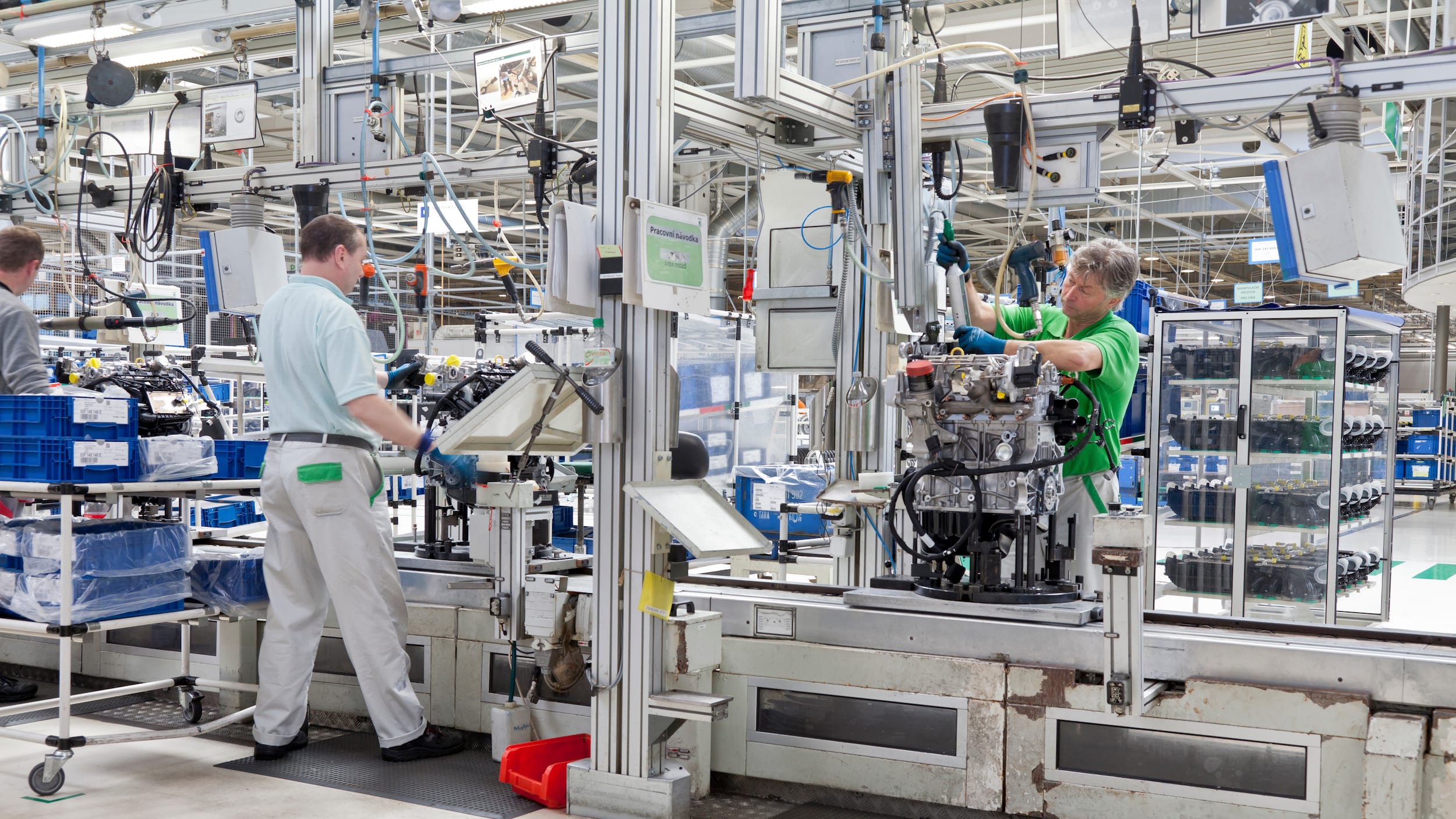The term “digital transformation” is among the buzziest of business buzzwords. It means different things to different people, depending on their role and industry. For global manufacturing leaders, it often elicits a mix of opportunity and apprehension. They don’t want to get left behind, but they also must make smart bets with their limited resources. Are they using the correct digital technologies? Are they using them correctly? What’s real? What’s hype? And where to begin?
There’s perhaps no organization better qualified to help manufacturers answer those questions than The Advanced Services Group, an offshoot of the UK’s Aston Business School that researches and trains global manufacturers in advanced services and servitization. The group recently released a whitepaper, based on interviews with 13 manufacturing executives, about the challenges organizations face using digital technologies to reimagine service — and to open up to open new relationships with customers.
Field Service Digital spoke with the Tim Baines, executive director of the Advanced Services Group, about how manufacturers like MAN Truck & Bus UK are using emerging technologies and data to get smarter about their equipment, customers and service.
The research mentions ‘performance advisory services.’ Is that term synonymous with servitization?

Tim Baines, professor of operations strategy and executive director of the Advanced Services Group at Aston University.
Tim Baines: No. Servitization describes the process by which a manufacturing company transforms its business model and capabilities to compete through a combination of products and services, rather than just products alone.
Services fall into three different categories. Base services (e.g. warranties and spare parts) address the provision of the product. Intermediate services (e.g. maintenance, repair and remanufacturing) address the condition of the product. The third category is the one that we are most interested in — advanced services, which address the capability enabled by the product. This is where the most value can be generated for both the provider and the customer.
Performance advisory services sit in between intermediate and advanced services. For many manufacturers, these services are the first step in the process of servitization. Performance advisory services usually involve monitoring the product in use by the customer and capturing data on its performance with the aid of digital technologies. Typically, the data provides intelligence on things like condition, operating time, performance and location. These insights can then be sold to the customer to improve productivity and asset management. But they are also useful to the manufacturer and can vastly improve efficiency or lead to additional services offerings.
How mature are these services?
There has been a lot of hype around digital technologies, digitalization and digitally enabled services, but the confusion among manufacturers seems to be as big as the hype. The biggest question that manufacturers have around this topic is ‘How do we turn digital into money?’ We wanted to address this question in our whitepaper and bring some clarity to the conversation, basing our paper on actual challenges that manufacturers face, as well as real business insight.
Performance advisory services sit in between intermediate and advanced services. For many manufacturers, these services are the first step in the process of servitization.
What digital technologies are essential to enable manufacturers to capture this insight and share it with customers?
The technology required is widely available today, and it has reduced significantly in cost in recent years. According to Microsoft’s 2019 Manufacturing Trends report, the average cost of a sensor, for example, has dropped by 200 percent since 2004. Companies need technology in place to capture, transmit, store, analyze and report on data, and there are lots of providers falling over themselves to sell these things.
The real challenge is not in getting hold of the technology; it’s knowing how to use the data those technologies capture to best effect. You can record unimaginable amounts of data from products. But the intelligent thing is to know what you need to capture and analyze to understand the customer’s needs, offer services that address them, and help you to improve your own internal operations.
What is the internal value of data and insight about equipment performance and usage?
The indirect value for the manufacturer is often underestimated, but the data and insights gathered can unlock immense value. Insights into how the customer uses the equipment can reduce costs and lower risk, for example, through fewer warranty claims. Monitoring equipment allows for pre-emptive maintenance and potentially an opportunity for additional sales. A greater understanding of how the customer uses the equipment can lead to quality improvements in the product itself, and new services can be developed based on information about equipment usage throughout its lifecycle.
Will there be a time when customers expect to be provided this data and insight for free?
Certainly. There are instances where customers are unwilling to pay for data alone. Some manufacturers provide the information without charge, in order to introduce their customers to the data and insights that are available. Manufacturers can bundle the intelligence gathered into a service offering. As with most offers, the customer will be willing to pay if there is a value to the information, particularly if it is business critical, improves performance or reduces downtime.
But manufacturers need to look beyond data as a stand-alone asset to be monetized and realize that their ambition shouldn’t end at performance advisory services. In the majority of cases they should aim to do more. The trend is clearly going to a more outcome-based economy, and customers’ demands are changing fundamentally. In this environment, it is more attractive to the customer to pay a fee for business-critical outcomes achieved rather than, for example, being alerted to a potential problem that will require their time and effort to resolve.
Recognizing this demand is crucial for the continued growth and resilience of technology companies and manufacturers alike, as is realizing the business potential of advanced services. This does not negate the need for performance advisory services — they generate their own value and are a building block towards advanced services. However, stopping your efforts at performance advisory services likely means missing out on the potential that advanced services represent.
Could you provide an example or two about a company that’s doing performance advisory services well? What were the keys to their success?
A good example from the UK is MAN Truck & Bus. MAN Digital Services provides services for maintenance management, optimizing vehicle analysis and performance and improving driver performance. MAN provides easy-to-read reporting to customers on factors such as vehicle location, journey history, mileage and vehicle performance. It offers driver-by-driver performance analysis, showing average fuel consumption and driving speed, standstill and driving time and breaking behavior, so that customers can see which drivers are costing them the most money and take action. The digital maintenance service stores all maintenance-related data on each vehicle and tells the customer about the current status of vehicles so that preventative maintenance can be scheduled accordingly. Customers can choose whether to do this themselves or have MAN take care of vehicle analysis, as well as coordination and management of maintenance appointments.
The key to MAN’s success is that its CEO and senior leadership team led the initiative to adopt services from the top, and that they had a very clear idea of the biggest pains of truck ownership (including cost of fuel, which is affected by route management and driver performance) and set out to address these pains.
To purchase a copy of the full whitepaper, visit the Advanced Services Group’s website.


Share this: